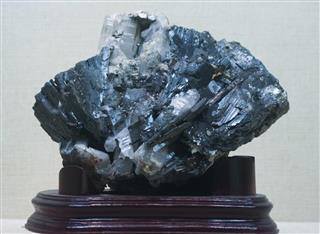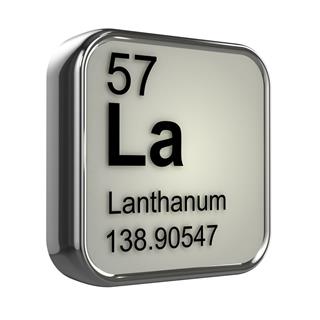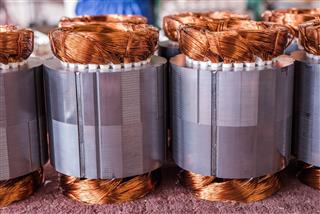
What are non ferrous metals? Well, read all about them and check out the non ferrous metals list provided in the following article to get a clearer understanding.
To put it simply, non-ferrous metals are all those metals that do not contain any amount of iron and, therefore, lack two of the most prominent properties of iron – magnetism and corrosion on exposure to oxygen, whether atmospheric or in any other form. In other words, owing to the complete absence of iron, these metals do not attract, nor are they attracted to, magnets. These metals also do not rust like iron does on being exposed to oxygen and moisture. Got the catch yet? That just means they can be processed or manipulated to be made into building materials that are far more durable than iron due to their resistance to corrosion! That being said, I’m sure you must have come up with at least a couple of names by now in the non-ferrous category of metals. If not, there’s always the following list that you can refer to in order to know which metals lack iron content and are, hence, devoid of the ability to corrode and are indifferent towards magnets and the effects of magnetism.
List of All Non-ferrous Metals
While there are a lot of naturally occurring metals and metal alloys that come under the category of non-ferrous metals, a decent number of metallic compounds have been created by mankind, especially during the last few decades, in a bid to come up with better, stronger and more corrosion resistant alternatives to iron as a building, fortifying and construction materials for buildings, instruments, transportation vessels and vehicles, etc. Here’s a list that I could come up with at this moment. Hope I didn’t miss out on any possibly significant entrant!
- Aluminum
- Zinc
- Copper
- Lead
- Chromium
- Lithium
- Vanadium
- Ruthenium
- Beryllium
- Titanium
- Sodium
- Magnesium
- Scandium
- Potassium
- Calcium
- Manganese
- Molybdenum
- Lanthanum
- Barium
- Bismuth
- Cobalt
- Niobium
- Nickel
- Zirconium
- Gallium
- Yttrium
- Rubidium
- Strontium
- Cesium
- Technetium
- Antimony
- Osmium
- Rhodium
- Indium
- Palladium
- Silver
- Gold
- Cadmium
- Thallium
- Hafnium
- Mercury (but of course!)
- Tantanum
- Tin
- Platinum
- Tungsten
- Iridium
- Rhenium
Tin is one metal which cannot be specifically put under either ferrous or non-ferrous category. Although it does not have any iron content, it does exhibit paramagnetic (white tin) and diamagnetic (gray tin) properties. Also, it does not rust like iron. In case you’re wondering what made me mention gold in this list, let me tell you that gold in its purest form is NEVER ferrous! Only when ferrous impurities get introduced to the alloy does gold show certain, very slight ferrous properties. Imagine pure gold being a ferrous metal – all you would ever need to do to mine gold from an aquatic source is to drag a magnet along the water and bingo… the gold itself would come to you pulled by magnetic force!
Alloy metals such as Duralumin (which is composed of a combination of copper and manganese in a 4:1 ratio besides aluminum), brass (which is 35% zinc and 65% copper) and Gliding metal (an alloy of 15% zinc and 85% copper) are some of the most prominent non-ferrous metal examples that are made by combining two or more other non-ferrous base metals. All these alloys share the same two basic non-ferrous qualities with their base metallic components – indifference towards magnets and resistance to corrosion.
That reminds me to share an interesting fact regarding magnetism of metals with you. Do you know what makes a metal magnetic? Well, on the molecular, or rather, atomic level, a metal can have either paired or unpaired electrons (I am assuming you know all about electrons, protons, neutrons and their charges). When a spin-down electron has a corresponding spin-up electron and vice versa, it’s called paired and when there is an absence of a corresponding electron for either a spin-up or a spin-down one, the electron is known as unpaired. A metal that has an atomic structure in which at least one electron is missing a corresponding spin-up or spin-down becomes a magnetic metal!

































